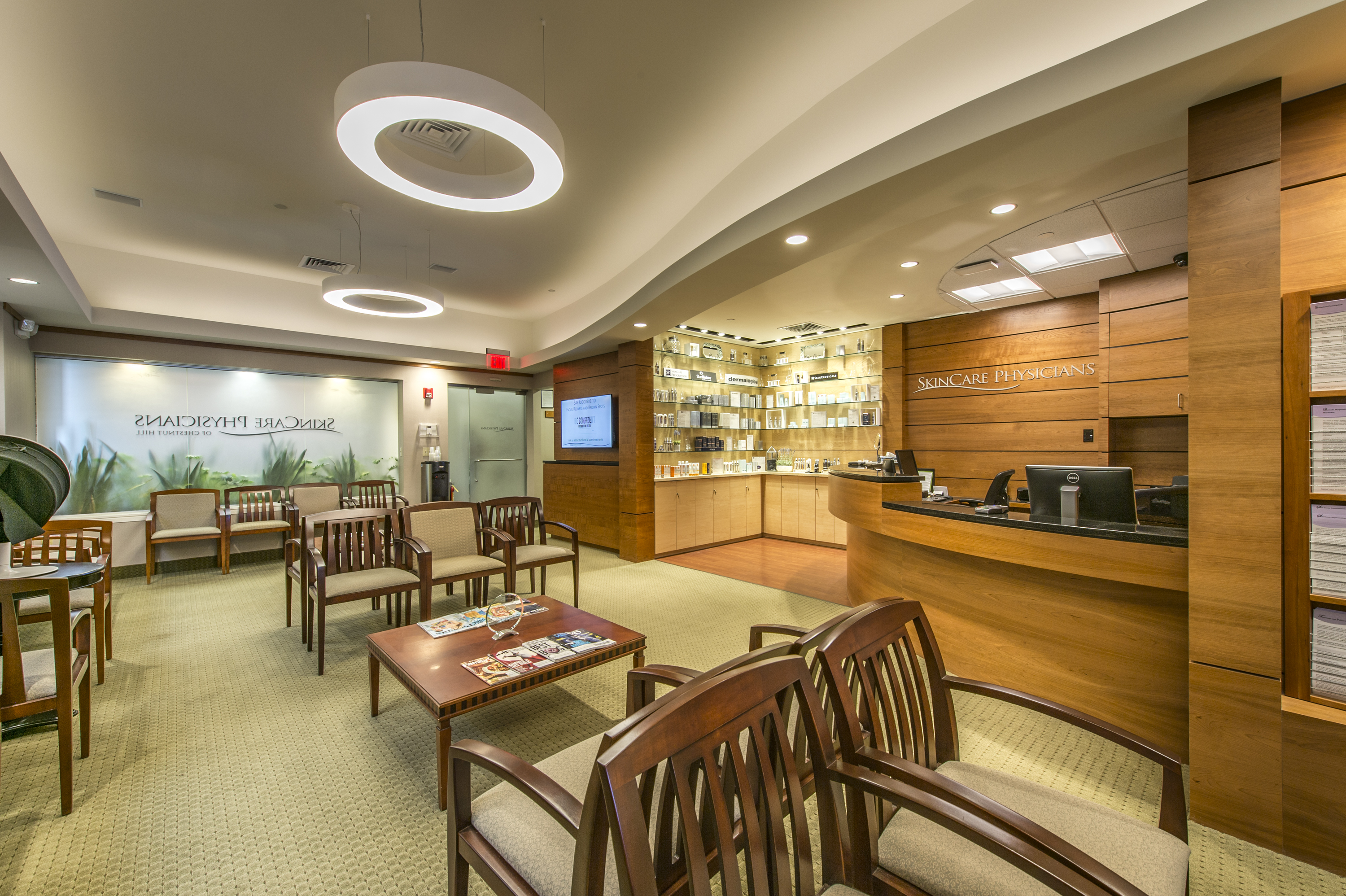Get the skinny on retinoids: a win-win anti-aging option
Retinoids are derivatives of Vitamin A. Prescription retinoids such as Retin-A (tretinoin) and Tazorac (tazarotene) have a massive body of scientific research supporting their superiority among all of the anti-aging products available. Over-the-counter retinoids are also available, although they are less potent. The combination of a sunscreen in the morning and a retinoid at night is a simple, basic skin care regimen that will maintain your youthful appearance by minimizing wrinkles and brown spots.
So, why aren’t all of our patients using retinoids? These powerful anti-aging tools can be problematic to start, and many patients have had frustrating experiences of redness and flaking and irritation, when they have introduced retinoids without careful advice from their dermatologist. Even more frustrating are those patients who have successfully started retinoids but who hear this familiar refrain at the cosmetics counters or spa: “You’re thinning out your skin!” How can we make sense of these contradictory statements? Let’s look at the science.
The thin layer of dead cells on the very surface of the skin is called the stratum corneum. This layer offers a sort of waterproofing to the skin’s surface, and it is continually sloughing off and being replenished by the layers beneath. But when the protective stratum corneum becomes overly coarse and thickened, it contributes to the dull, rough texture to the skin. Treatments such as glycolic acid peels and microdermabrasion and even simple at-home exfoliation all work to help smooth this external stratum corneum to replenish the glow and polish to the skin that we associate with a youthful complexion.
The dermis is the deeper layer of the skin. Composed of tough collagen fibers and elastic tissue, the dermis is interwoven like fabric to keep our skin strong, smooth and flexible. This is where wrinkles form through gradual loss of collagen and elastin fibers. Anti-wrinkle treatments aim to diminish the appearance of these lines by increasing collagen production in the dermis.
When used over time, retinoids do, in fact, thin out the outermost stratum corneum. So, it is TRUE that they can thin out the skin! But it is precisely this layer that we want to be exfoliated to restore the skin’s polish and glow. When this stratum corneum is polished, the smoother skin beneath is revealed, reflecting more light and creating that youthful glow that we all crave.
On the other hand, retinoids can increase the thickness of the dermis! As a result of intrinsic aging as well as sun damage, the thickness of the dermis diminishes. Over time, collagen and elastin fibers are degraded. Our skin thins and becomes more fragile, contributing to an aged appearance. Many clinical trials have demonstrated that retinoids can actually stimulate fibroblasts to increase collagen production and plump the appearance of the skin. Retinoids can also induce the formation of new blood vessels in the dermis, which may add to a rosy glow. In fact, retinoids are the ONLY topically-applied ingredients that are proven to do this.
Many patients have experienced dryness and irritation from retinoid use. This can be avoided by carefully using emollients, avoiding other sources of irritancy in your skin care regimen, and by starting retinoids slowly! The dermatologists at SkinCare Physicians can review your skin care routine and outline a regimen of slow introduction of retinoids for you. Retinoids do not work quickly, and patience is often required to gain the full benefit, but our Boston-based dermatologists can help you use these powerful agents to help you gain all of their benefits!




Leave a Reply